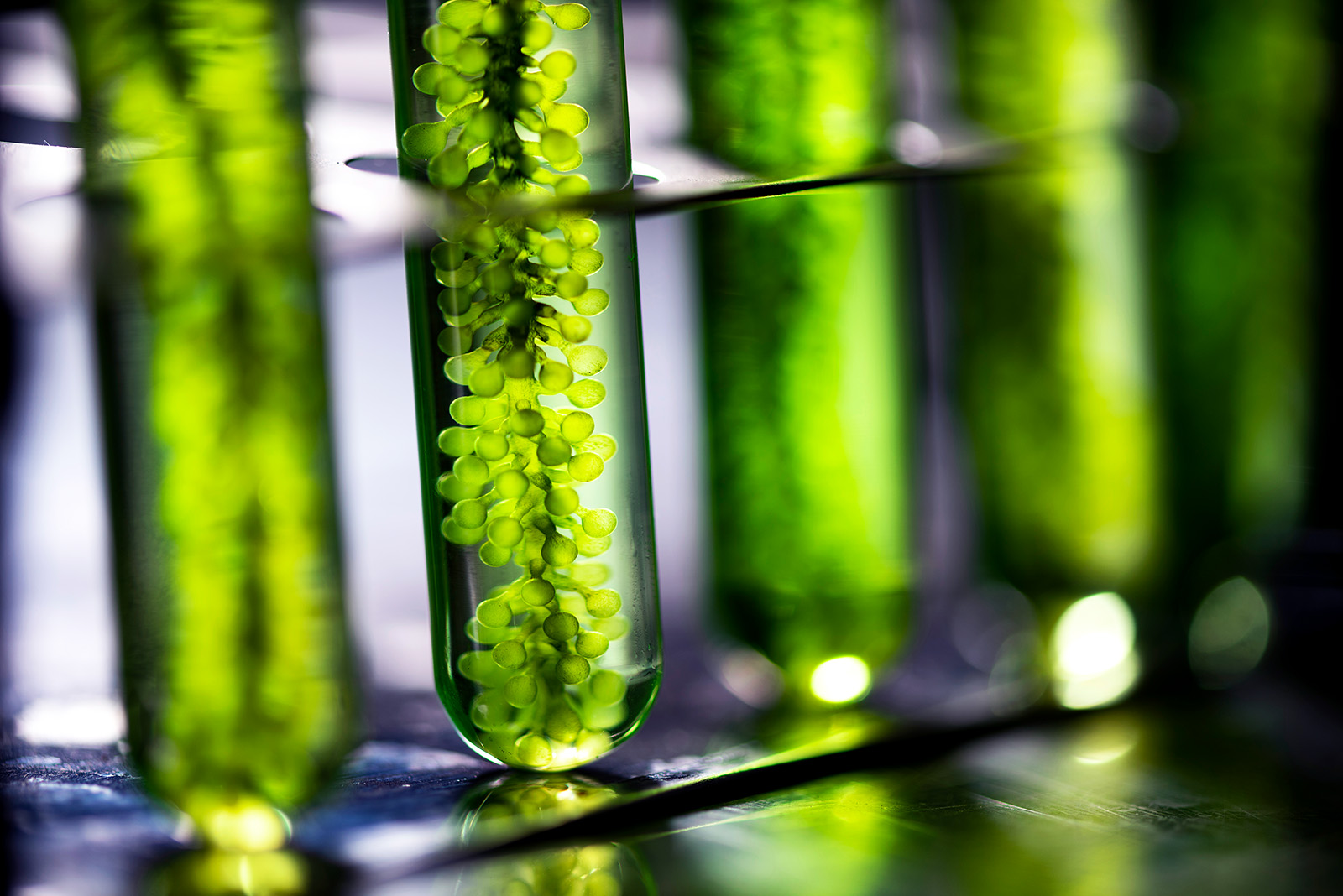If you’ve ever gone swimming in a river, you’ve probably noticed a slimy green substance called algae. There are over 30,000 species of this pond scum— and they’re abundant across many bodies of water. The most recognizable form of algae is probably seaweed.
You’re probably thinking, “so what?” Well, algae may be the future of sustainable food production. Take a look at how it might be able to fix our broken system.
What’s Wrong With Today’s Methods?
By 2050, it’s estimated that the world’s population will reach around 9.7 billion people. That means food production has to increase to meet demands. How do we do that when current agricultural practices are harming our planet? There’s already a widespread hunger problem that we need to address, too.
If we can’t sustainably feed today’s population, 10 billion citizens will be an impossible task. That’s why there are efforts to make sweeping changes. A more eco-friendly solution will allow manufacturers to produce food more efficiently — and as a result, we can achieve better circumstances for our planet and our people.
We can’t make those transformations overnight. Therefore, it’s crucial to find other answers in the meantime. Sustainable food production using algae is a beneficial innovation to feed the masses.
Algae Nutritional Information
A substantial reason why this substance has potential is due to its nutritional content. By eating microalgae specifically, you can ingest high amounts of valuable components like potassium, vitamins and protein. There’s a reason why humans have consumed microalgae for millions of years.
The most common types of microalgae include chlorella and spirulina. Both options contain a host of benefits that contribute positively to your health. These microalgae are available as powders, capsules and liquids that you can incorporate into your diet.
Algae aren’t a replacement for food or water. However, eating them as a supplement alongside other products means you don’t have to rely solely on meat and dairy. That’s huge when reconstructing our food production system to become more sustainable.
How Does Algae Cultivation Work?
The ways we currently prepare food from start to finish aren’t sustainable. Take meat production as an example. The process of feeding, slaughtering, packaging and shipping items like beef contributes significantly to environmental woes, including water scarcity and greenhouse emissions.
That’s not the case for algae culture. There are several technical steps involved, as you need the right mixture of carbon dioxide, along with water, nutrients and sunlight. The environment in which you’re growing algae can’t mess up that combination. It can be an intimidating process for interested cultivators.
Researchers are already finding ways to make things more accessible for farmers while keeping the planet in mind. However, the environmental impact of algae growth isn’t significant in the first place. In fact, it’s almost nonexistent when compared to the meat industry, as mentioned above.
It’s only a matter of time before algae production becomes more mainstream due to these innovations.
The Possibilities of Algae
Tapping into solutions like algae won’t solve our global food production concerns completely. We can’t expect people everywhere to start taking chlorella and spirulina supplements with their morning coffee. That said, it’s essential to consider what’s on the horizon for algae.
How can we make unconventional solutions like algae more accessible? Awareness is key, but it’s also smart to consider other forms of algae products. Items like algae chips are one example of the potential for a silver lining.
Algae Might Be a Key in Fixing a Broken Food Production System
If we’re ever going to properly nourish our growing population over the next few decades, it’s evident that change needs to happen. The horizon doesn’t seem so bleak when we consider solutions like algae. Exploring unconventional options like this water-loving organism could be our best bet.

Pingback: 10 Advanced Technologies That Will Change The World
Pingback: Top 6 Factors To Consider When Choosing Gaskets
Pingback: How to Maintain Your Pool - An Easy Guide